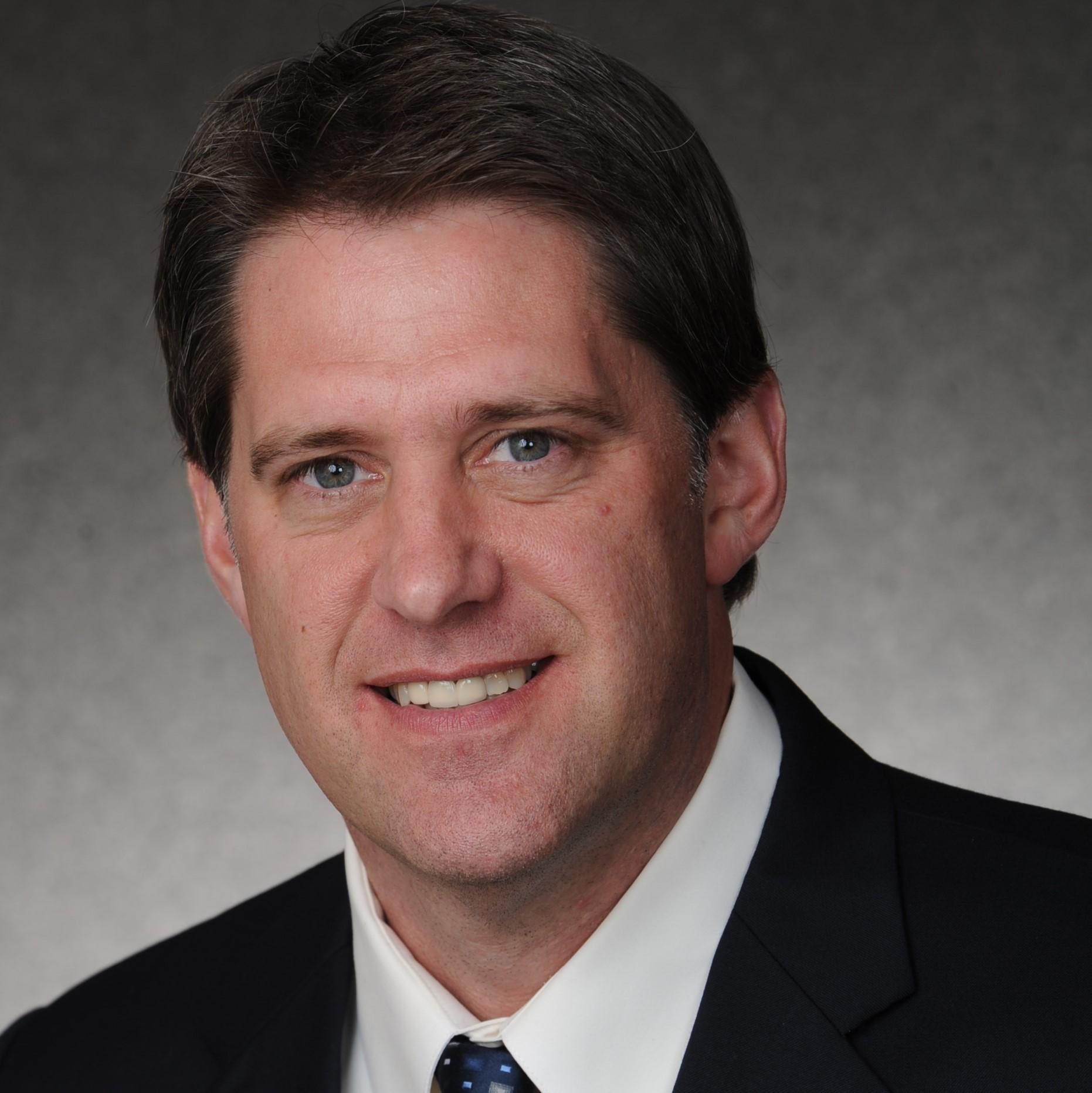ASU creates tool to link nonprofit agencies during pandemic response

An Arizona State University team is working to keep the state’s front-line nonprofit agencies connected during the COVID-19 pandemic.
The Center for Emergency Management and Homeland Security at ASU has been at the forefront of working with partners during the crisis. The center, in the Watts College of Public Service and Community Solutions, had already established working relationships with organizations and agencies in Arizona, so when the COVID-19 crisis hit, the team was ready to go.
“Our collaboration with these organizations did not happen ad hoc because of COVID-19,” said Melanie Gall, research professor at ASU and co-director of the center.
“Our center has been a member of Maricopa County’s Community Organizations Active in Disaster group, and we’ve been a partner with the Arizona Volunteer Organization, which has all been in place before COVID-19 hit.”
Melanie Gall
That regular contact is key to managing any disaster, especially a pandemic, according to Brian Gerber, co-director of the center and director of the Emergency Management and Homeland Security academic program at ASU.
“Natural disasters are limited by time and space, but a pandemic is global and of uncertain duration and the response to it involves literally everyone,” he said.
One major accomplishment of the center is a data dashboard that connects nonprofit organizations and agencies, called the Arizona Voluntary Organizations Active in Disasters Situational Awareness Dashboard. AZVOAD is the convening body of all the disaster-relief nonprofit organizations in the state.
On the site, the organizations list what they do and what they need now. Food is the overwhelming need listed, followed by money, water, clothing, hygiene products, disinfectants and volunteers. The United Food Bank listed fuel and transportation. Pet rescue groups need help with animal care. The Arizona State Chaplain Services is asking for counselors.
The site, which lists 309 organizations in Arizona with unmet needs, up from 152 in late April, can inform decision-making on how to match resources with needs.
The dashboard, created by Gall, is based on similar logistics work she and Gerber did with volunteer organizations in Florida after hurricanes in 2017 and 2018.
“We can see on a map who is where and in what area they work,” she said.
“Do they do sheltering or food distribution or manage volunteers? And at the same time, they can say, ‘This is what we need.’”
Brian Gerber
The center involves students in its work through Emergency Corps at ASU, a program for students in any major to find volunteer, professional or internship opportunities. Emergency Corps is a partnership with several ASU units, including the Public Service Academy, the School of Geographical Studies and Urban Planning, the School of Social Work, Sun Devil Fitness and ASU Health Services.
Danielle Jacobs, a graduate student in computer science, is interested in researching artificial intelligence and how it can predict disaster response, so she had already been in contact with Gerber and Gall when the pandemic hit.
“Everything shut down and they were working around the clock and needed assistance where possible, so I volunteered to pitch in with my skills,” said Jacobs, who is working on building a website for Maricopa County’s Community Organizations Active in Disaster group.
She’s been working several hours a day from home on the programming and is grateful to be able to help out right now.
“It’s been a good learning process and really interesting to find out more about the nonprofits in different communities and what they’re doing to help,” she said.
Gall said the pandemic is different from natural disasters because not everyone in the public can see the devastation.
“In this crisis, journalism is extremely important because that is the mechanism to connect people who don’t have firsthand experience,” she said.
“I can’t think of any other situation where the behavior of the public is as central to mitigating the disaster itself.”
While shocking, the pandemic was not unexpected among emergency-management experts, who plan for every scenario. In December, the Center for Emergency Management and Homeland Security co-hosted a global exercise with ASU’s PLuS Alliance partners in which Gerber designed and, with ASU students, executed a simulation of a smallpox outbreak.
The hazard characteristics of this is unique, but the effective response is dependent upon the utilization of the coordination that we have in place,” said Gerber, who is an emergency operations center liaison to the Maricopa County Department of Emergency Management during the COVID-19 response.
“And I will say clearly and expressly that when you deviate from good practice of response management, that’s when you get into trouble.”
Explore the AZVOAD dashboard at https://arcg.is/0XeaWu0.
Top image courtesy of Pixabay



